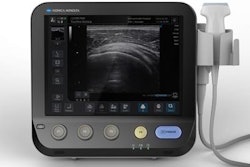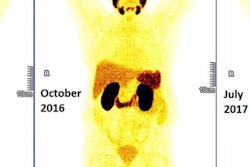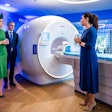Dear AuntMinnie Member,
We hope you've been enjoying our daily Letter from the Editor newsletter this week. We made the switch from our old twice-weekly format to get the news to you even faster and to help you plan your day. I'd love to hear your thoughts about it: Please click the link below in my bio to let me know.
On Fridays, we'll devote our newsletter to reviewing the events of the past week, and the past seven days were chock full of major developments. For starters, GE announced that it will spin off its GE Healthcare division into a separate company. The new company will retain the GE Healthcare name, and GE will keep an 80% stake in the entity, but it's still a shocking development for a firm that has been one of the cornerstones of the radiology industry. Read more by clicking here.
In other news, a new study was published this week that contributes to the body of knowledge on gadolinium deposition caused by MRI contrast agents. Researchers found that there were no signs of deposition in kids who received a macrocyclic gadolinium-based contrast agent (GBCA), reinforcing the idea that macrocyclic agents lead to less -- or no -- deposition compared with linear GBCA agents. Get more details by clicking here. Another big MRI story this week was the revelation that 7-tesla MRI scans could lead to the release of mercury from amalgam fillings.
The Society of Nuclear Medicine and Molecular Imaging (SNMMI) annual meeting wrapped up this week, and staff writers Wayne Forrest and Erik L. Ridley were in attendance in Philadelphia to report for our Molecular Imaging Community. As always, a major story was the announcement of the Image of the Year, which this year was awarded to an image that showed the power of a targeted PET radiopharmaceutical for treating prostate cancer. Learn more by clicking here.
Be sure to check out the links above for all the news this week in radiology. And again, feel free to let me know what you think of our new format.



















